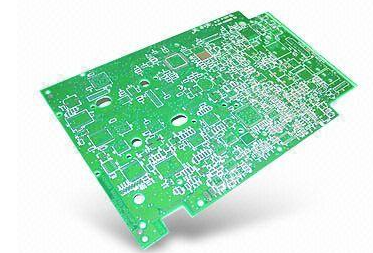Contaminants are defined as any surface deposits, impurities, slag inclusions and adsorbed substances that reduce the chemical, physical or electrical properties of PCBA to unqualified levels. There are mainly the following aspects:
1. The components that make up the PCBA, the pollution or oxidation of the PCB itself, etc. will cause the PCBA board surface pollution;
2. The residue produced by the flux during the manufacturing process is also the main pollutant;
3. Handprints, chain claws and jig marks produced during welding, and other types of pollutants, such as plugging glue, high temperature tape, handwriting and flying dust, etc.;
4. Dust, water and solvent vapors, smoke, tiny organic matter in the workplace, and the pollution caused by static electricity to attach to the PCBA.
2. The harm of pollution

Contamination may directly or indirectly cause PCBA potential risks, such as:
1. The organic acid in the residue may cause corrosion to PCBA;
2. During the electrification process, the electric ions in the residue cause electromigration due to the potential difference between the solder joints, which makes the product short-circuit and fail;
3. Residues affect the coating effect;
4. With time and environmental temperature changes, coating cracks and peeling will appear, which will cause reliability problems.
3. Typical problems of PCBA failure caused by pollution
1. Corrosion. PCBA assembly uses iron substrate bottom lead components. Due to the lack of solder bottom coverage, iron substrate will quickly produce Fe3+ under the corrosion of halogen ions and moisture, making the board surface red. In addition, in a humid environment, acidic ionic pollutants can directly corrode copper leads, solder joints and components, causing circuit failure.
2. Electromigration, if there is ionic contamination on the PCBA surface, electromigration is very easy to occur, and the ionized metal moves between the opposite electrodes and reduces to the original metal at the reverse end, resulting in a dendritic phenomenon called dendritic Distribution, (dendrites, dendrites, tin whiskers), the growth of dendrites may cause local short circuits in the circuit.
3. Poor electrical contact. In the PCBA assembly process, some resins such as rosin residues often contaminate the gold fingers or other connectors. When the PCBA is working hot or in a hot climate, the residue will become sticky and easy to absorb dust or Impurities cause the contact resistance to increase or even open circuit failure. The corrosion of the nickel layer on the PCB surface pad in the BGA solder joint and the presence of the phosphorus-rich layer on the surface of the nickel layer reduce the mechanical bonding strength of the solder joint and the pad. Cracks occur when subjected to normal stress, resulting in point contact failure.
Fourth, the necessity of cleaning
1. Appearance and electrical performance requirements. The most intuitive impact of PCBA pollutants is the appearance of PCBA. If placed or used in a high-temperature and high-humidity environment, the residue may absorb moisture and whiten. Due to the extensive use of leadless chips, micro-BGAs, chip-scale packaging (CSP) and 01005 in components, the distance between components and circuit boards is reduced, the size is miniaturized, and the assembly density is increasing. If the halide is hidden under the component where it cannot be cleaned, local cleaning may cause catastrophic consequences due to the release of halide.
2. The coating of the three-proof paint is required. Before the surface coating, the resin residue that has not been cleaned will cause the protective layer to delaminate or crack; the active agent residue may cause electrochemical migration under the coating, resulting in the coating The rupture protection is ineffective. Studies have shown that cleaning can increase the coating adhesion rate by 50%.
3. No-cleaning also requires cleaning. According to the current standard, the term “no-cleaning” means that the residues of the PCB circuit board are safe from a chemical point of view and will not have any impact on the circuit board production line and can be left on the circuit board. . Corrosion, SIR, electromigration and other special detection methods are mainly used to determine the halogen/halide content, and then to determine the safety of the no-clean assembly after the assembly is completed. However, even if a no-clean flux with a low solid content is used, there will still be more or less residues. For products with high reliability requirements, no residues or contaminants are allowed on the circuit board. For military applications, even no-clean electronic assemblies are required to be cleaned.